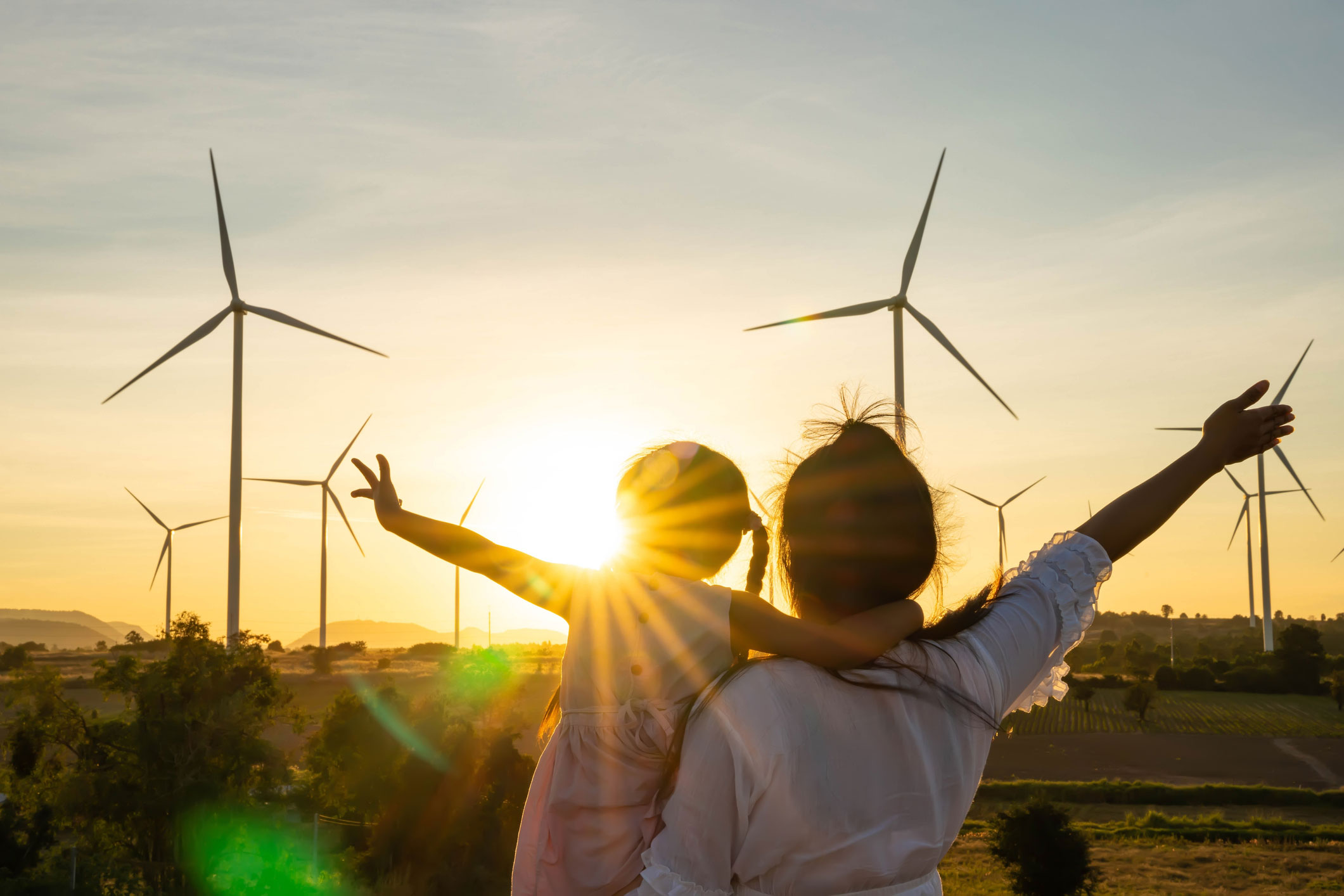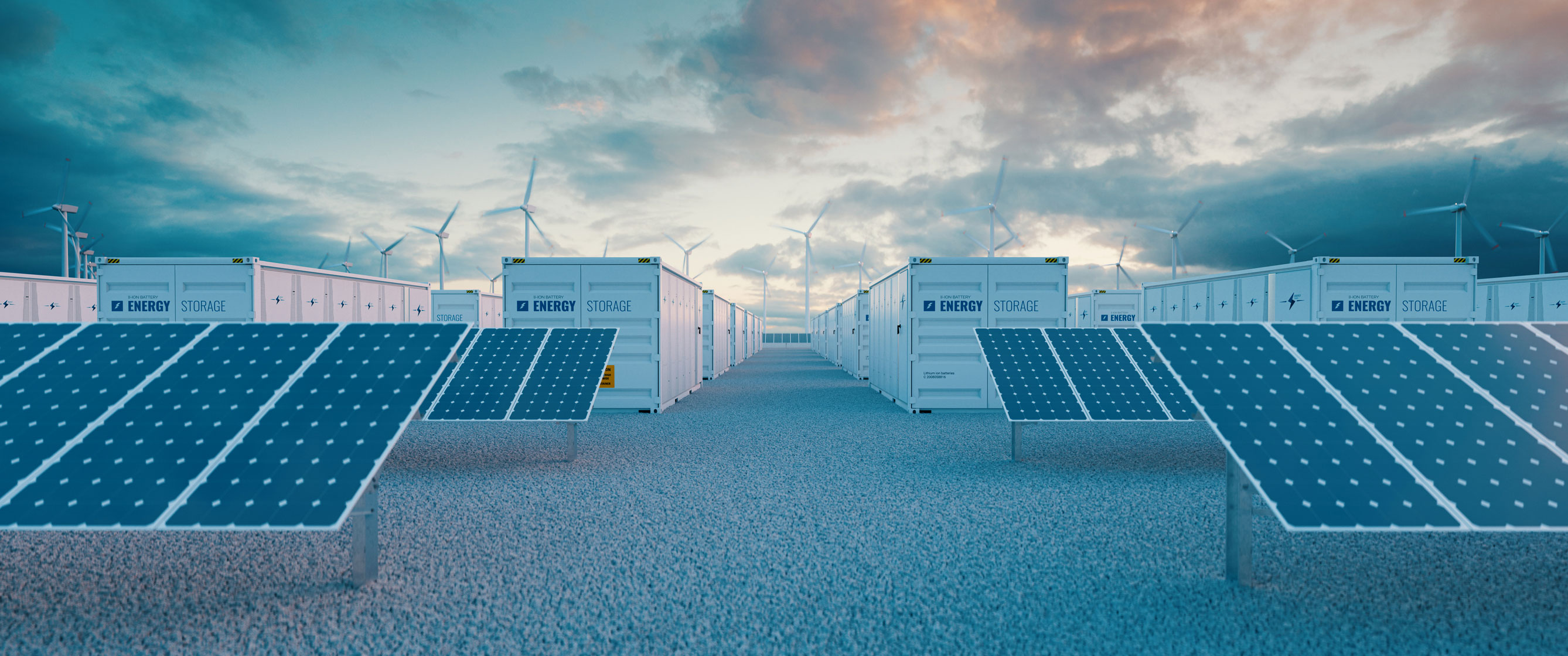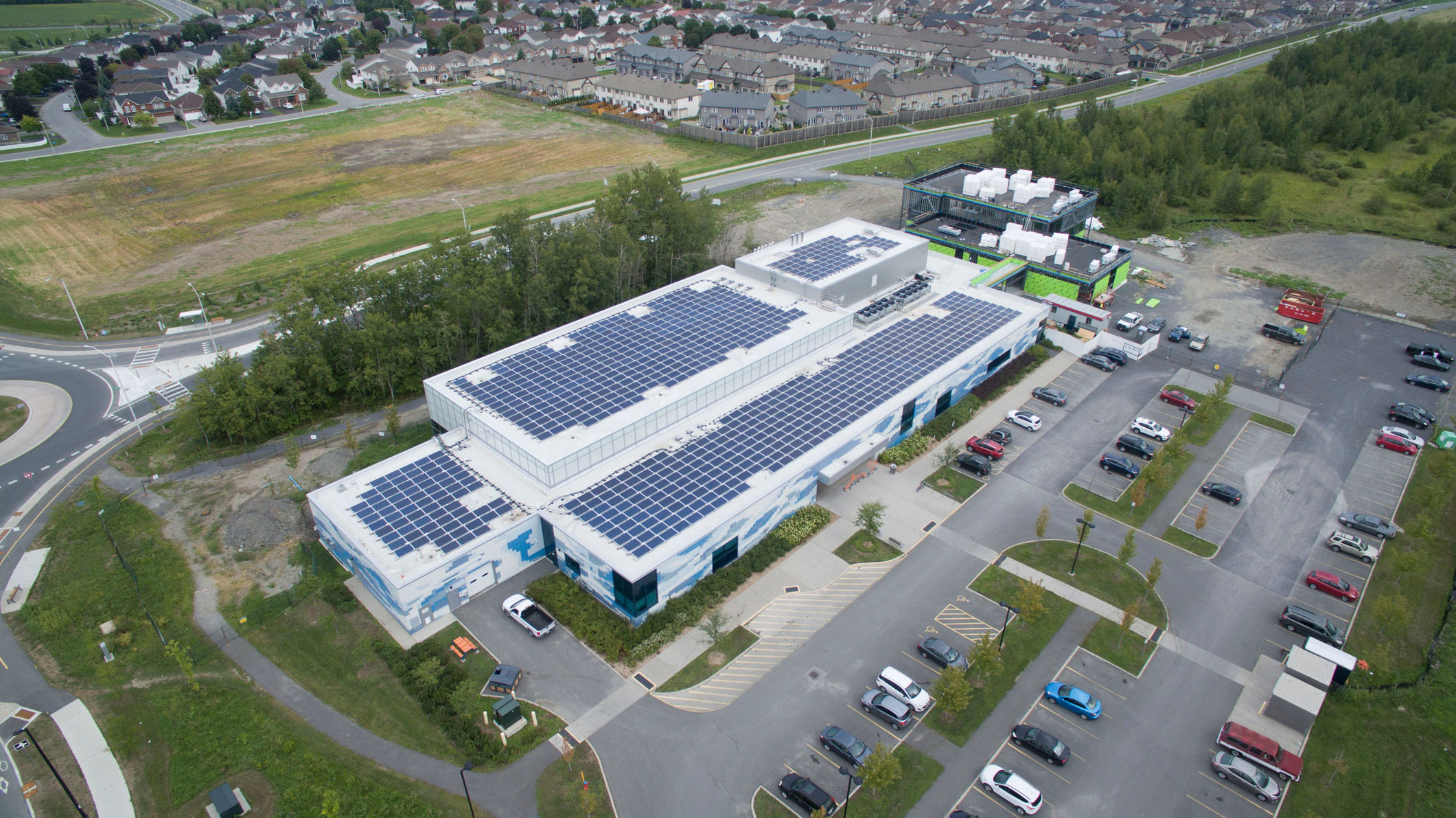In 1902, electrical pioneers met for the first time in Berlin (now Kitchener), Ontario, to discuss wiring Ontario customers together to form a provincial electricity grid. In fact, our predecessor company, the Ottawa Hydro Electric Commission, connected to the provincial grid in 1916. Prior to that, reliable and continuous power in the region was uncommon. That connection significantly improved the quality of life for Ottawa residents.
Ontario’s electricity grid, like all grids around the world, was designed as a one-way street: to generate, transmit and deliver electricity to customers. Back then, these pioneers likely couldn’t have imagined that the electricity grid would become a two-way interactive system, capable of supporting variable supply from renewable energy, or accommodating electric vehicles, energy storage, home generation and a host of other innovations.
We’re gonna rock down to electrification avenue
The electricity grid is about to undergo another major transformation thanks to widespread electrification. The Canadian Climate Institute defines electrification as ‘the process of switching energy sources from fossil fuels to electricity; such as using an electric heat pump rather than a natural gas or oil furnace to heat a building, or switching from an internal combustion engine vehicle to an electric vehicle.’
The main greenhouse gas contributors in Ontario are refined petroleum, primarily used for transportation; natural gas, which is used to heat our homes and buildings; and the energy processes involved in industry, particularly the steel, cement and chemical industries.
Electrification is what Canada needs to achieve its goal to be net zero by 2050. With electrification, it’s expected that twice as much electricity will be required by 2050 compared to today. To meet that demand, Canada’s electricity generation capacity will need to double or triple, and our fleet of renewable energy generation will need to increase ten-fold.
But there’s another deadline looming. Based on guidance from the International Energy Agency, the government has committed that all of Canada’s electricity generation will be net zero by 2035.
In its report “Powering Canada’s Journey to Net Zero,” the Canadian Renewable Energy Association has issued a wake-up call for governments, utilities, regulators, electricity system operators and the renewable energy industry. The message? Get Canada started on the path to meeting its commitment to net zero right now.
“Looking at the 2035 target, it makes a big difference if we're steadily reducing our emissions before 2050,” says Robert Hornung, President and CEO from the Canadian Renewable Energy Association. “The importance of electrification, in terms of moving to net zero, is that the sooner we have a clean decarbonized electricity grid, the sooner we can benefit from the actions taken to electrify transportation or to electrify buildings, and we can maximize the emission reductions associated with that.”
So it raises the question: what kind of generation will get us there?
Thankfully, Canada already has one of the lowest-emitting electricity systems in the world. More than 80 per cent of the electricity generated across Canada comes from sources completely free of greenhouse gas emissions. Ontario’s electricity sector is one of the cleanest in the country, producing 94 per cent of electricity from non-emitting sources. This is in large part due to an earlier concerted effort to phase out the province’s coal plants between 2003 and 2014 (a reduction of 31 megatonnes alone) and investments in renewable energy projects.
“There have been many studies that look at the pathways to get to net zero, and those studies recommend that you have to first and foremost decarbonize electricity production completely,” says Hornung. “Those studies consistently show that the majority of that new electricity is going to come from wind and solar because they are the lowest cost options for new electricity production in our world today.”
The Canadian Climate Institute agrees. In its report, Bigger, Cleaner, Smarter: Pathways for Aligning Canadian Electricity Systems with Net Zero, the Institute states that “in pursuit of net zero, the share of variable renewable energy in electricity supply will have to increase in every region of Canada, placing it among the most important safe bets for transforming electricity systems. This prominent role stems from the fact that the cost of variable renewable energy - in particular solar photovoltaic and wind power - continues to rapidly decline. From 2010 to 2019 the average cost of solar photovoltaic declined globally by 82 per cent, while the costs of on-shore and off-shore wind declined by 40 per cent and 29 per cent respectively.”
Canada is one of the world’s largest producers of wind and solar energy. At the end of 2021, Canada had approximately 14,304 megawatts (MW) of installed wind energy capacity and 2,399 MW of major solar energy capacity.
Hornung says the Canadian Renewable Energy Association has crunched the numbers on what it would entail to achieve the 2050 net-zero target: “Every year for the next 30 years we’ll have to build wind and solar out at a rate that’s eight times faster than the average rate we’ve been building them the last five years. That’s why we need to mobilize quickly. In Canada, we have massive, untapped wind and solar energy resources in every region of the country to achieve this. It’s doable.”
Ensuring grid reliability with variable energy sources
Unimaginable back in 1902 when the provincial electricity grid was still a dream, today’s grid is evolving to become smarter and more flexible to accommodate variable renewable generation supply like solar and wind.
“Energy storage and other smart grid technologies will allow us to adopt more wind and solar into the provincial supply mix and still ensure the reliability of the electricity grid,” Hornung says. “Every province has a unique electricity grid, unique set of electricity generation, and a unique set of options for future electricity generation. So the pathway to get to net zero is going to differ from province to province. If provinces do more to interconnect their electricity grids, it will provide even more options to move towards net zero. And generally, more options means more flexibility and ways to reduce cost.”
Asked what’s exciting him about the renewable energy industry right now, he says “The potential is enormous. I think these technologies will be the core and the heart of the new electricity system going forward. In our report we conclude by saying that the time to act is now and that we need to act together. We've got all the reasons in the world to succeed and meet that challenge. And we need to get started yesterday.”
Do you want to warp-speed into the future now?
Grants exist for homeowners installing heat pumps, solar district energy systems and much, much more through the Canada Greener Homes Grant. Financing is also available through the City of Ottawa’s Better Homes Loan Program. Read more about heat pumps on our blog here.
The Ontario government recently clarified eligibility requirements with respect to customers adopting renewable generation (like solar roof-top systems) for farms, homes and businesses through third-party ownership arrangements. This change will increase customer choice and will provide more opportunities for customers to manage their electricity bills.
Since transportation accounts for a quarter of Canada’s greenhouse gas emissions, there are purchase incentives up to $5,000 available for select electric vehicles until March 31, 2025 (or until funding is depleted).
For a lot more of our interview with Robert Hornung that we couldn’t include here, listen to the ThinkEnergy podcast.


